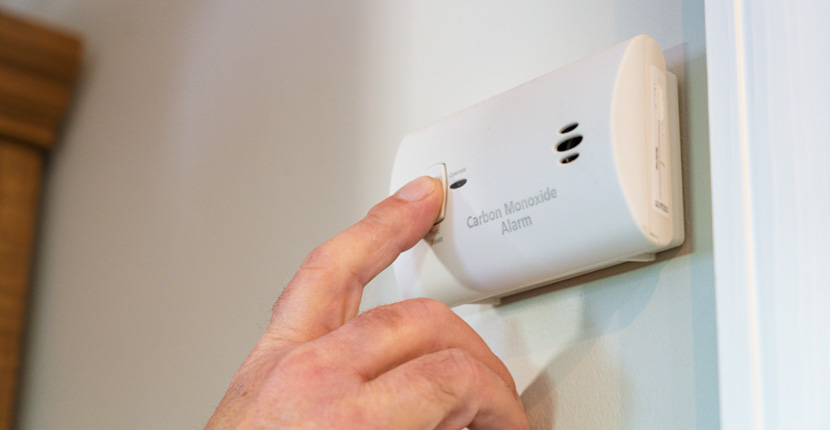How Many Carbon Monoxide Detectors Does a House Need?
- by Bryan Veldboom - updated on 5/30/2023

We all know how important it is to keep a carbon monoxide detector in your home. If you're looking to add an additional carbon monoxide detector to your space or replace one that's no longer working, shop Batteries Plus. We carry a variety of different carbon monoxide alarms from Kidde, as well as top-quality alkaline batteries to help power them. In this blog, we'll be discussing how many carbon monoxide units you should have in your home and where you should install them.
What Gives Off Carbon Monoxide In Your Home?
Carbon monoxide is produced from the incomplete combustion of fossil fuels. This is most often caused by improperly installed or poorly maintained appliances. Some of the main sources of a potential carbon monoxide leak include:
- Furnaces or boilers
- Clothes dryers
- Water heaters
- Fireplaces
- Gas stoves & ovens
Where is the Best Place To Place Carbon Monoxide Detectors?
- Experts recommend that you keep a carbon monoxide detector on every floor of your home, including the basement.
- Be sure that there is a carbon monoxide detector within 10 ft. of every bedroom door.
- Do not install detectors directly adjacent to fuel burning appliances - they should ideally be placed 5-20 feet away.
- Do not install detectors in very humid areas (such as bathrooms), next to doors or windows, or in dead air spaces.
- If you have an attached garage, be sure to mount a detector near it.
- Read the manual that came with your carbon monoxide detector and be sure to follow any manufacturer's recommendations regarding placement.
- For more in-depth information read the Kidde "Placement of Carbon Monoxide Alarms " guide, or the "Proper Placement of Carbon Monoxide (CO) Detectors " put out by the Merrimack Fire Department.
What To Do If Your Alarm Goes Off?
- Immediately exit the building and seek out a location with fresh air.
- Make certain that everyone in the building is accounted for.
- Call the fire department.
- Do not reenter the building until the problem has been corrected and the area has been thoroughly aired out.
How to Prevent a Carbon Monoxide Leak
- Be sure that all fuel-burning appliances are installed and operated according to the manufacturer's instructions.
- Have your heating system, chimney and vents inspected and serviced annually.
- Examine your chimney and vents for cracks, rust, stains or signs of improper connections.
Batteries Plus Has the Tools to Help You Protect Your Home
Batteries Plus has additional essentials to help protect your home. Shop our selection of smoke detectors, generators, sump pump batteries, UPS units and more. Want to learn more? Our blog articles "How to Change the Batteries in Your Smoke or Carbon Monoxide Detector" and "What Do I Need for My Hurricane Prep Kit?" are full of additional information.